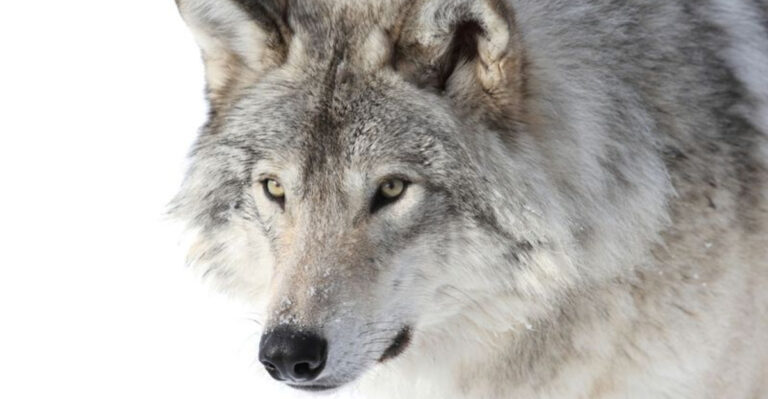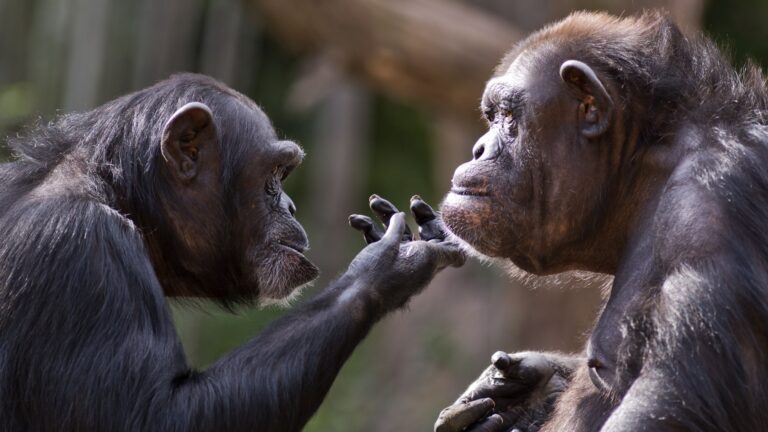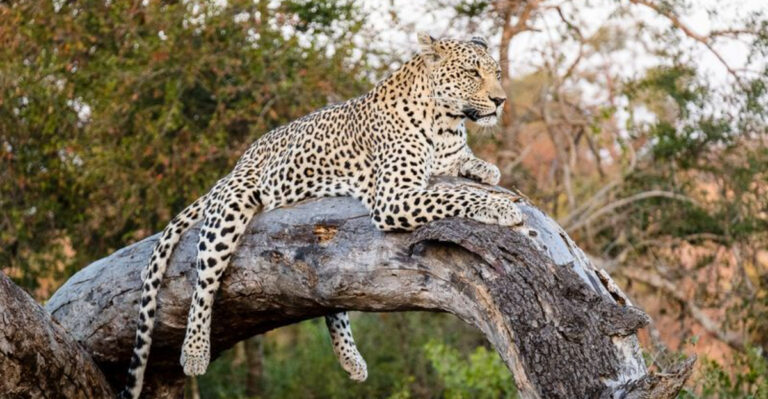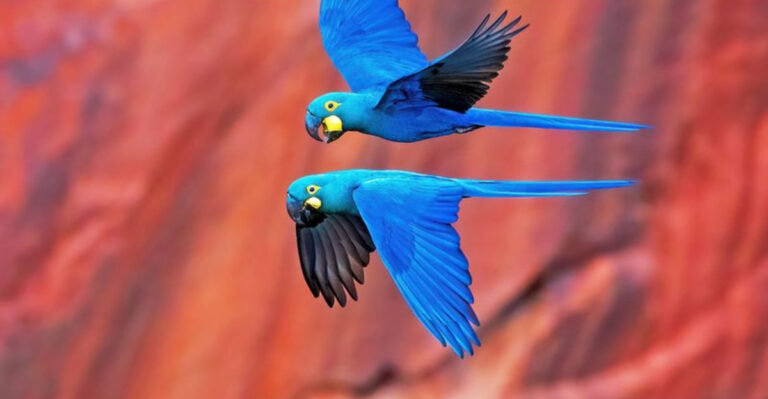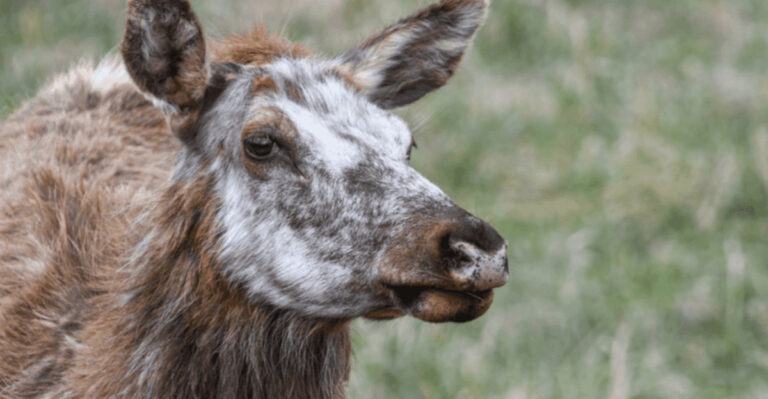Different Types Of Husky Dogs And Their Unique Traits
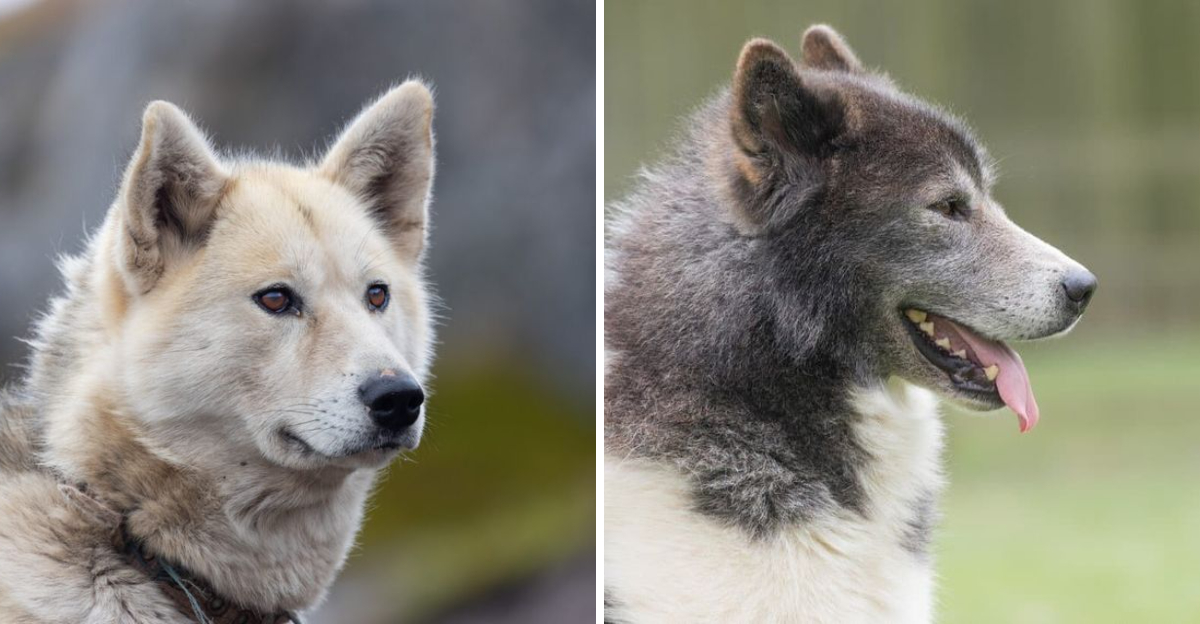
Husky dogs captivate us with their wolf-like appearance, striking eyes, and boundless energy. These northern breeds were originally developed for sledding in cold climates, but today they’ve won hearts worldwide as both working dogs and family companions.
Whether you’re considering adding one to your family or simply fascinated by these magnificent animals, discover the diverse world of husky-type breeds and what makes each one special.
1. Siberian Husky
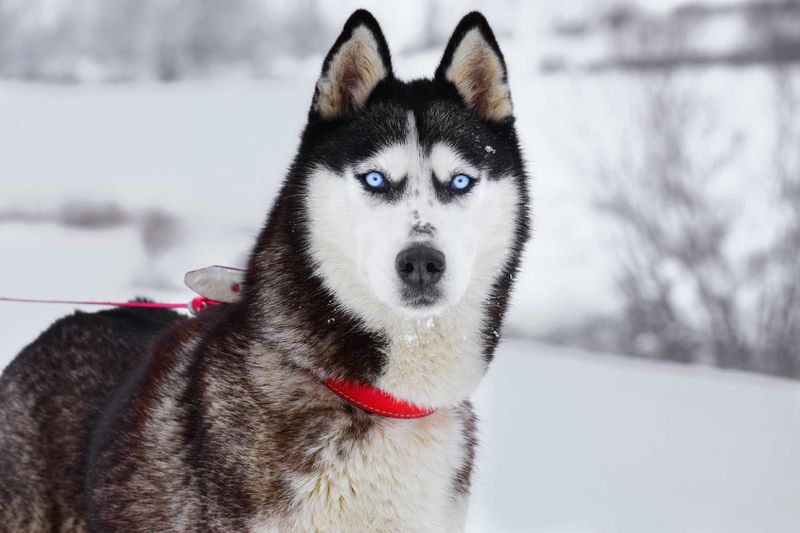
Blue-eyed beauties with an adventurous spirit, Siberian Huskies were born to run. These medium-sized athletes can pull sleds for hours without tiring.
Extremely social pack animals, they’re friendly with strangers but make terrible guard dogs. Their thick double coat comes in various colors and requires regular brushing to manage seasonal shedding.
2. Miniature Siberian Husky
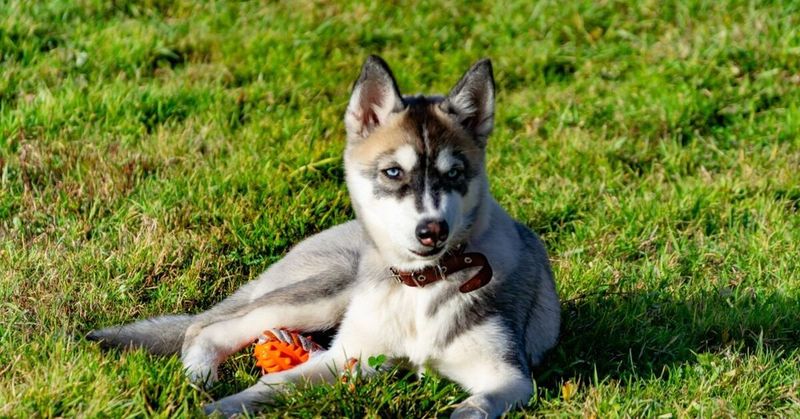
Not a separate breed but a smaller version of the standard Siberian, Mini Huskies typically weigh 15-35 pounds. They inherit the same striking looks and playful personality in a more apartment-friendly package.
Perfect for active owners with limited space, these pint-sized pups still need plenty of exercise and mental stimulation to prevent destructive behaviors from developing.
3. Alaskan Husky
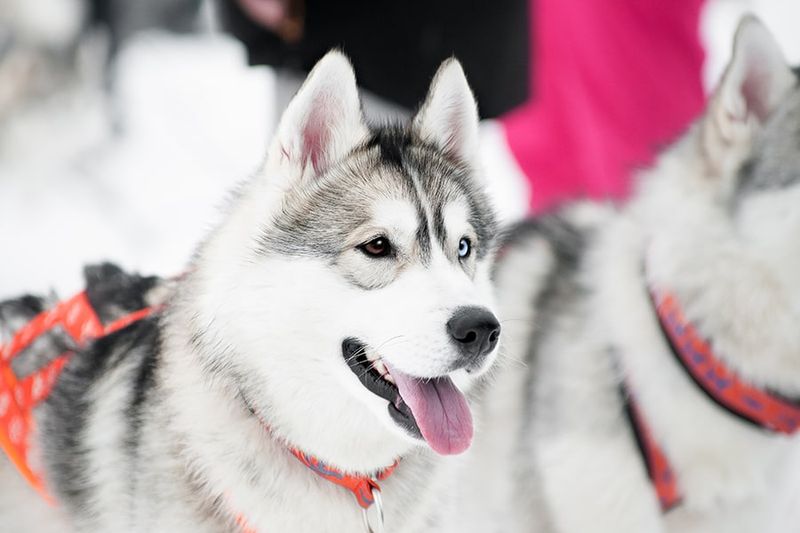
Speed demons of the sled dog world! Alaskan Huskies aren’t a recognized breed but purpose-built working dogs created by mixing Siberian Huskies with other breeds.
Racing champions through and through, their appearance varies widely, but their incredible endurance doesn’t. These dogs can run over 100 miles per day during competitions, making them the marathon runners of the canine world.
4. Alaskan Malamute
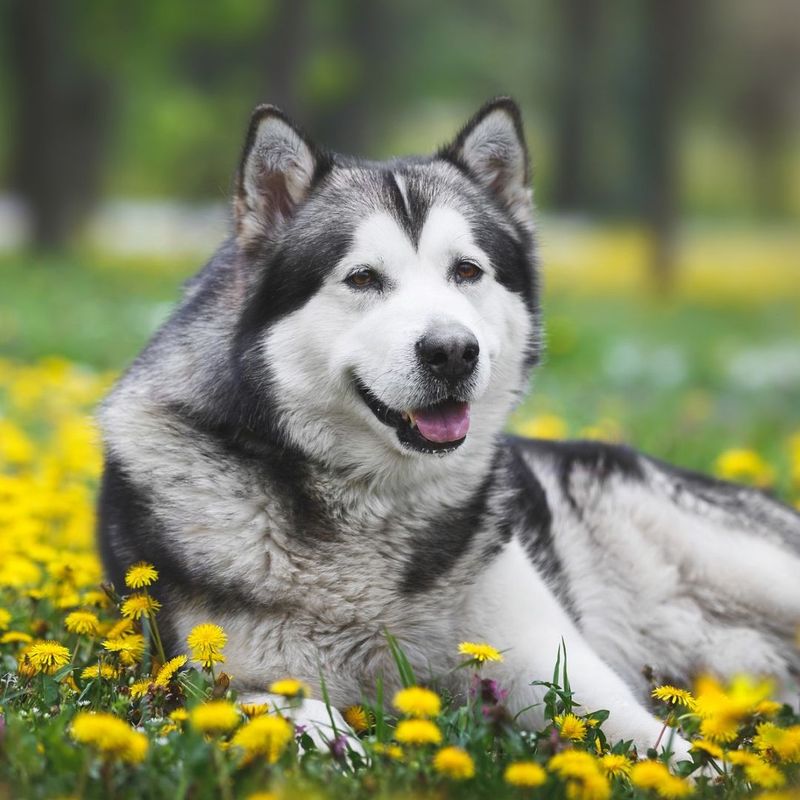
Giants among huskies, Malamutes were built for power rather than speed. Their broad chest and substantial frame allow them to haul heavy freight across Arctic terrain.
Fiercely loyal to their families, these gentle giants typically weigh 75-100 pounds. Despite their imposing size, Malamutes are known for their playful “woo-woo” vocalizations rather than barking.
5. Samoyed

Nicknamed “smiling sammies” for their perpetually upturned mouths, Samoyeds radiate joy with their fluffy white coats and friendly demeanor. Originally bred by Siberian nomads, they herded reindeer and pulled sleds.
Family-oriented to their core, these dogs form deep bonds with their humans. Their thick white fur served a dual purpose – warming their nomadic owners during frigid nights.
6. Greenland Dog
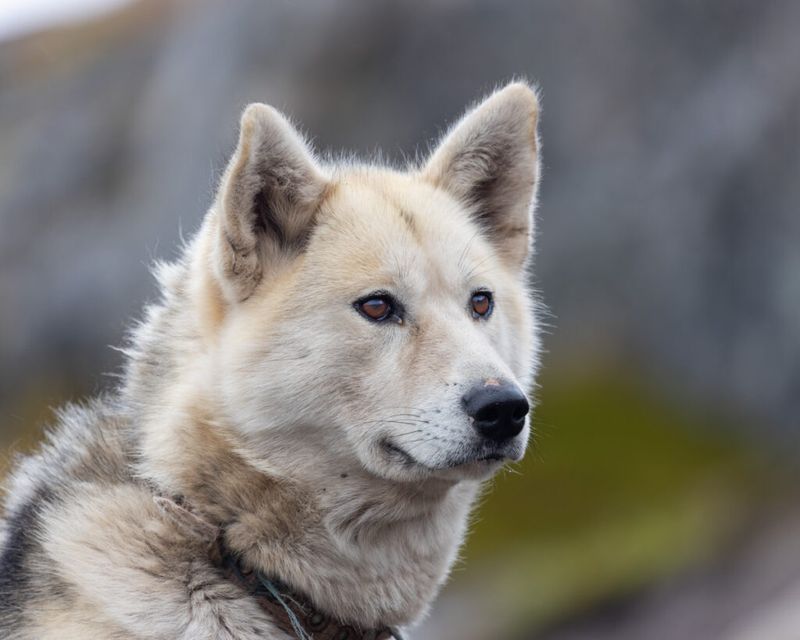
Hardy polar explorers, Greenland Dogs have remained virtually unchanged for thousands of years. These powerful sled dogs thrive in temperatures that would send most pets shivering for shelter.
Independence runs through their veins – they’re problem-solvers rather than people-pleasers. With thick fur that stands up to Arctic blizzards, these dogs were crucial companions for Inuit hunters navigating Greenland’s icy expanses.
7. Canadian Eskimo Dog
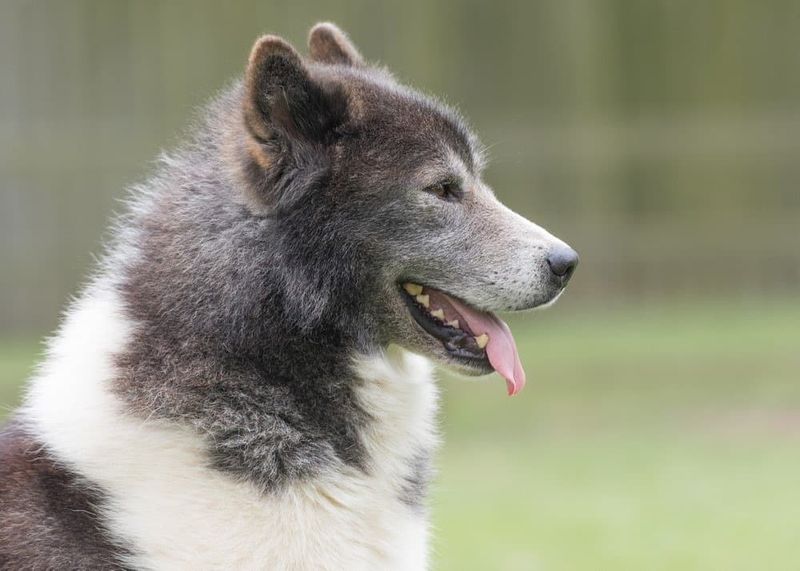
Once on the brink of extinction, these ancient working dogs have made a remarkable comeback. Canadian Eskimo Dogs served as both guardians and hunting companions for the Inuit for over 4,000 years.
Fiercely determined workers, they’re built to endure the harshest conditions on earth. Their incredible nose can detect seal breathing holes through thick ice – a skill that meant survival for indigenous communities.
8. Labrador Husky
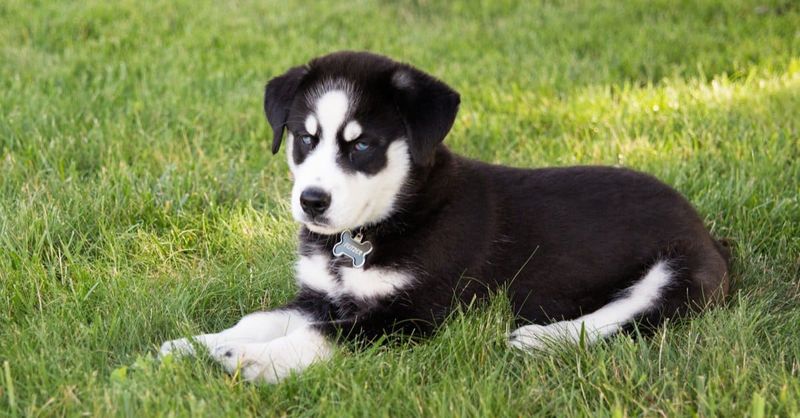
Not related to Labrador Retrievers despite the name! These rare working dogs developed in isolated Labrador communities have striking wolf-like features and incredible stamina.
Born workers with boundless energy, they excel in harness but make challenging pets. Their thick waterproof coat and webbed feet help them navigate the snowy, wet conditions of their native Newfoundland and Labrador.
9. Mackenzie River Husky
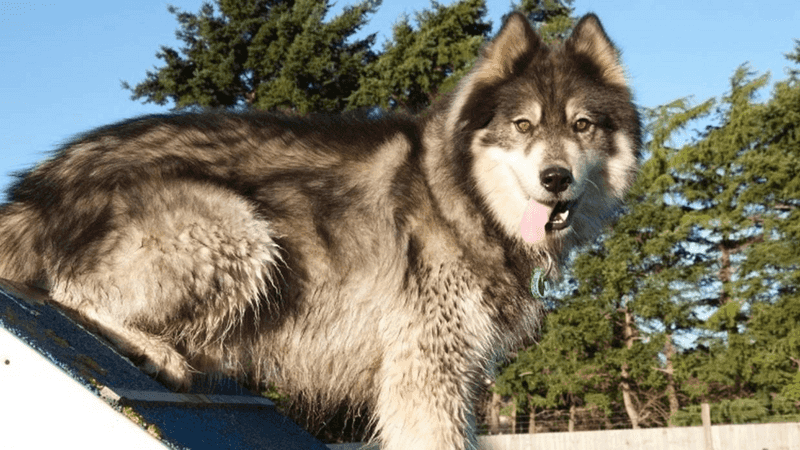
Towering titans of the sled dog world, Mackenzie River Huskies can reach a whopping 100+ pounds. These powerhouses were developed along Canada’s Mackenzie River for hauling heavy freight through deep snow.
Not a standardized breed but a type of working dog, their appearance varies. What remains consistent is their incredible strength and endurance, making them legends among mushers tackling challenging northern terrain.
10. Sakhalin Husky
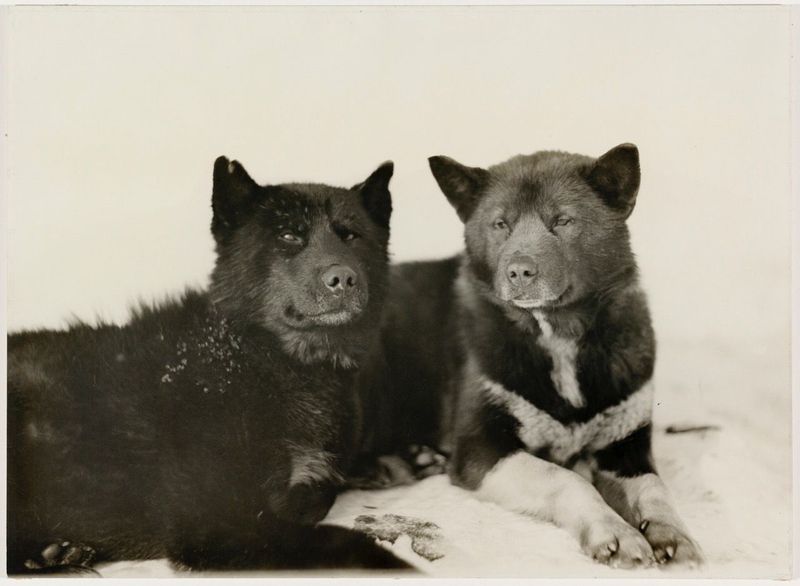
Tragically near extinction, Sakhalin Huskies (or Karafuto Ken) gained worldwide attention through their heartbreaking loyalty. In 1958, research dogs were abandoned in Antarctica when a Japanese expedition evacuated.
Remarkably, when researchers returned a year later, two dogs had survived against impossible odds. Their story inspired the film “Eight Below” and showcased the breed’s incredible resilience and devotion.
11. Chukchi Dog
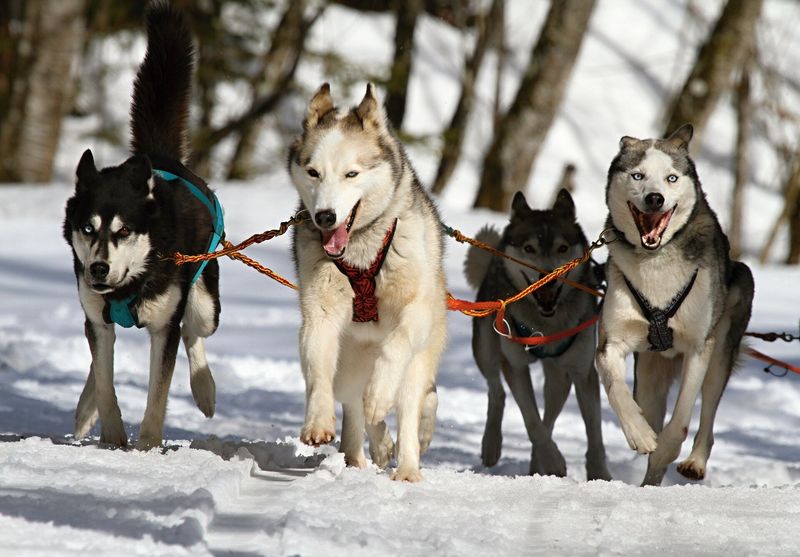
Meet the original Siberian Husky! Chukchi Dogs were developed by the indigenous Chukchi people of northeastern Siberia thousands of years ago. These versatile companions herded reindeer by day and kept children warm at night.
Natural selection shaped these dogs into the perfect blend of endurance, intelligence and efficiency. The Chukchi had a saying: “The worse the winter, the better the dog.”
12. Karelian Bear Dog
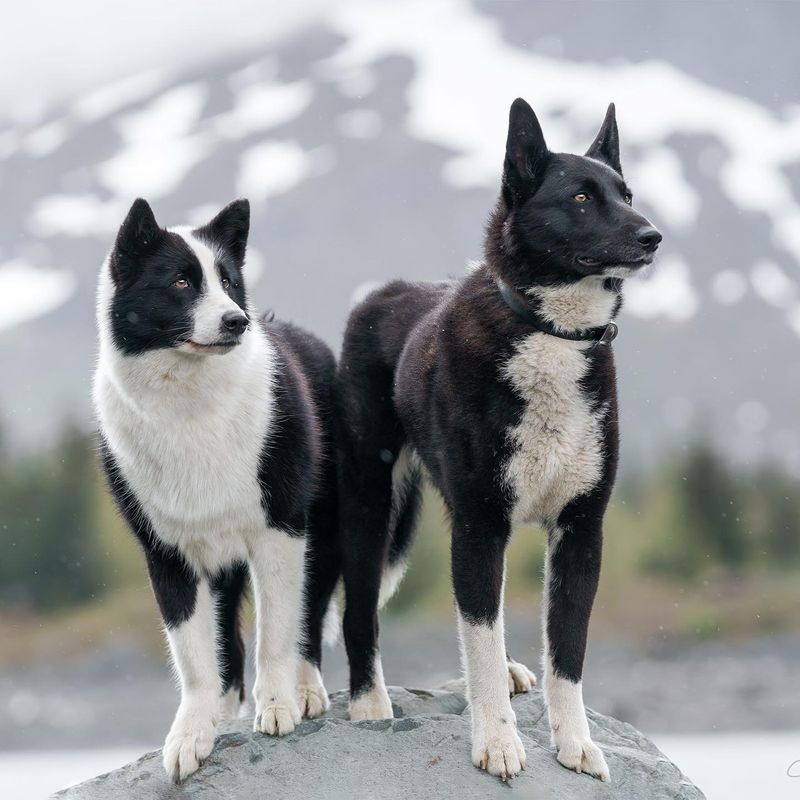
Fearless forest guardians, Karelian Bear Dogs earned their name hunting bears in Finland’s dense woodlands. While not a husky breed, they share northern heritage and working dog traits.
Black and white warriors with nerves of steel, they’re now employed in wildlife management. These brave dogs help biologists manage bear-human conflicts by teaching bears to avoid populated areas – a job few other breeds could handle!
13. Klee Kai
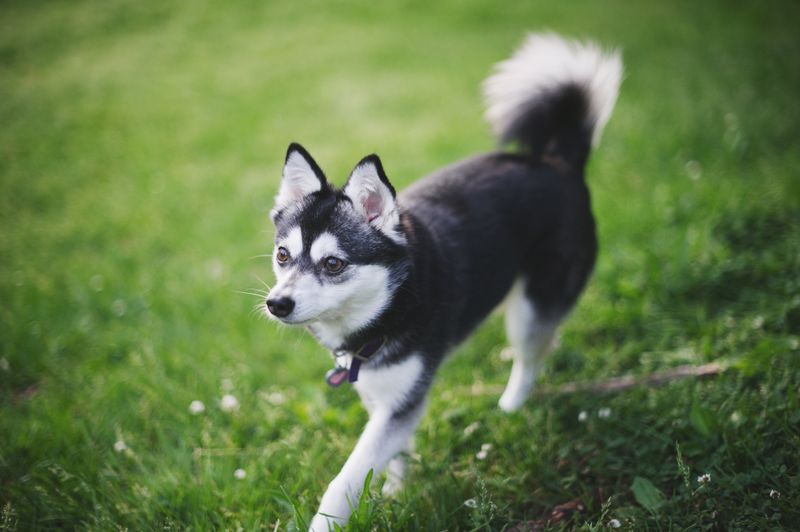
Husky charm in a pint-sized package! Alaskan Klee Kai were deliberately bred in the 1970s to create companion-sized versions of working sled dogs. Their name means “small dog” in Inuit.
Coming in toy, miniature and standard sizes (up to 17 inches tall), these little lookalikes retain the striking masks and markings of their larger cousins. Sharp-minded and energetic, they form intense bonds with their chosen people.
14. Utonagan
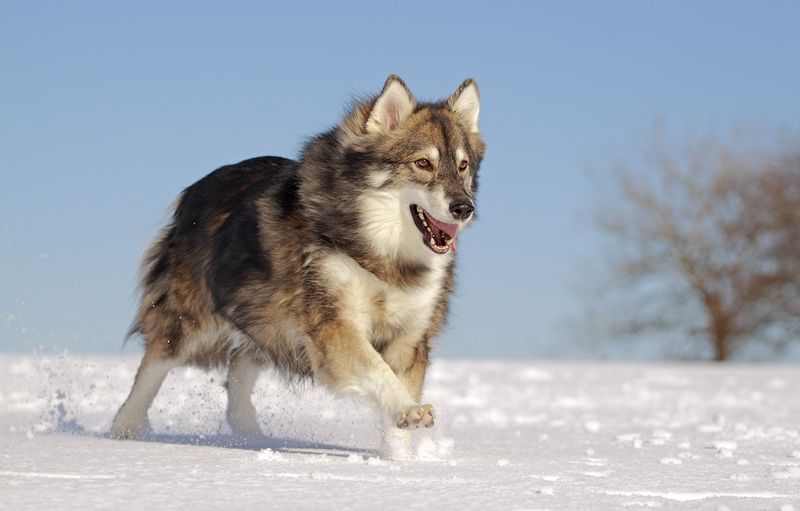
Wolf-like without wolf blood, Utonagans are a recent British creation combining Alaskan Malamute, Siberian Husky, and German Shepherd genetics. Their name comes from a Native American tale meaning “spirit of the wolf.”
These striking dogs blend the best traits of their parent breeds – the loyalty of Shepherds with the friendly nature of northern breeds. Still rare outside the UK, they’re gaining popularity with those seeking a wolf-like companion.
15. Tamaskan Dog
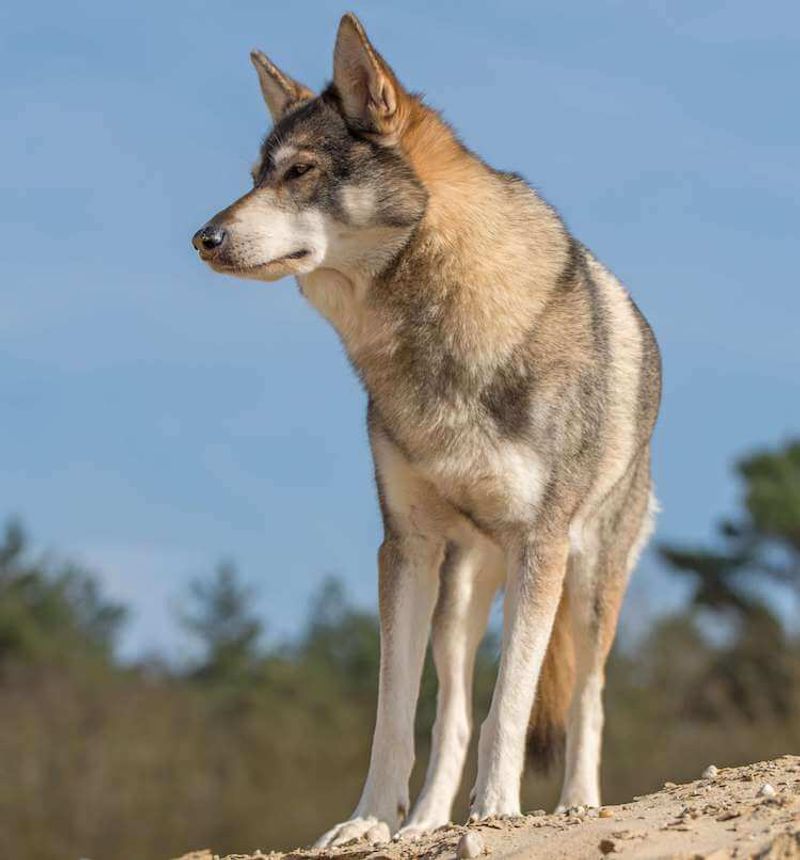
Wolf doppelgängers without the wild genetics, Tamaskans were developed in Finland to closely resemble wolves while maintaining domestic dog temperament. The name means “mighty wolf” in Native American language.
Athletic and intelligent, these dogs excel in everything from sledding to agility. Unlike some northern breeds, Tamaskans are notably trainable and eager to please, making them versatile working partners and family companions.
16. Canadian Inuit Dog
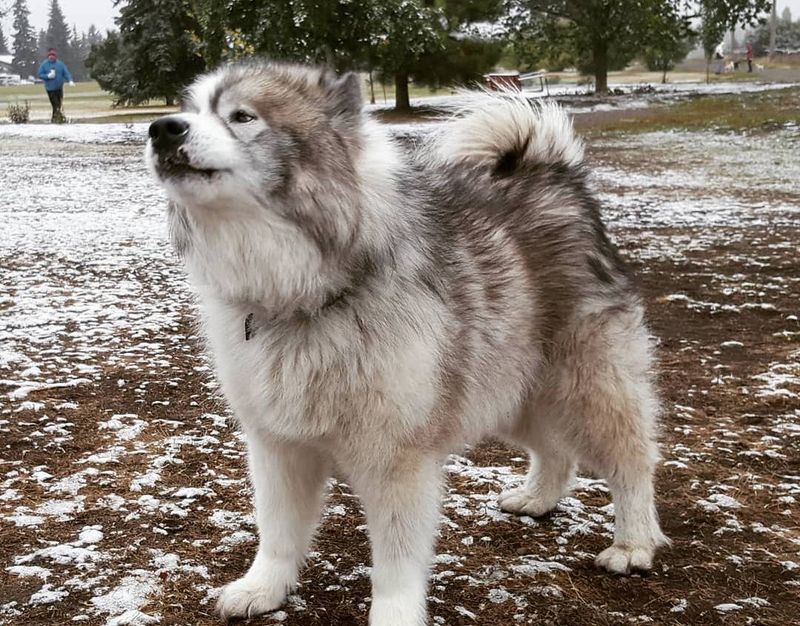
Ancient Arctic survivors, Canadian Inuit Dogs (also called Qimmiq) have remained unchanged for over 4,000 years. These powerful workers were crucial for Inuit survival – hunting polar bears, finding seal breathing holes, and pulling heavy sleds.
Nearly extinct by the 1970s due to government policies and snowmobile introduction, dedicated preservation efforts saved the breed. Their primitive nature makes them challenging pets but invaluable cultural treasures.

